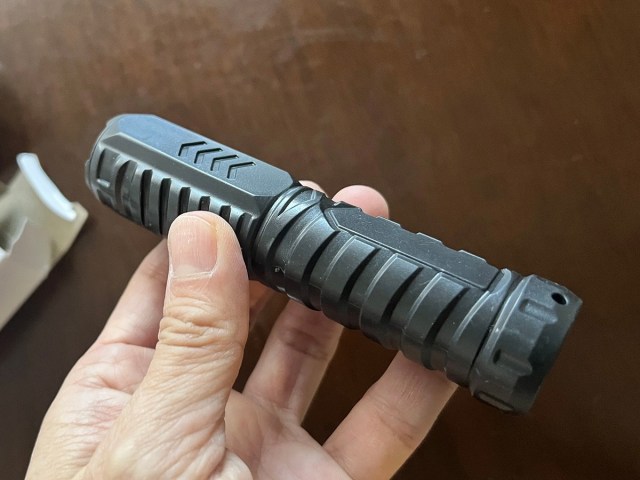
These lights promise to kill darkness with extreme prejudice.
The advertising on Twitter tends to be suited to people’s interests or browsing habits to some degree, but at least in Japan recently many people have been seeing a bunch of ads for random products that all seem too good to be true. The problem is that with advances in technology these products sometimes really do deliver on their promises, but other times they’re complete duds.
To find out which goods really have the goods, our reporter Go Hatori puts his credit card on the line and orders these items to find out how they fare in real life. This time he tried out the flashlights advertised on Twitter that can turn you into a human floodlight.
These ads are often accompanied by short clips of people using their flashlights to make darkened rooms and roads even brighter than they would be in daylight.
The fact that you can see the beam of light coming from the flashlight would suggest the air is full of some kind of particles that are reflecting the light and making it appear brighter.
Still, tricks to enhance a product in advertisements isn’t unheard of, and doesn’t necessarily mean the lights aren’t really good. Maybe just not quite this good…
Go then went to the website to order one of these miracle flashlights. There the photos seemed a little more realistic but still suspicious.
▼ It kind of looks like there’s another light behind the guy.
The possibility to emit that kind of light and dispel the forces of darkness as he pleases was just too good to pass up. So, Go decided then and there to buy one. They also looked like little lightsabers which sealed the deal.
One flashlight cost 4,280 yen (US$30) but he could also buy two 5,380 yen ($38). It was an odd pricing system that seemed to prey on impulse buying instincts, but Go was able to resist and just get one.
One week later his order arrived from Osaka.
It was a lot smaller and a lot lighter than he expected.
To gauge this light’s performance he decided to pit it against two other ones. First, he had a 9-LED Handy Light bought from a 100-yen store for 110 yen ($0.78). Next, he had a 200-Lumen Handy Light that he bought from a hardware store for 877 yen ($6).
First he measured each light’s weight.
▼ Left: 100-yen shop – 63 grams (2.2 ounces), Center: Hardware store – 151 grams (5.3 ounces), Right: Twitter – 46 grams (1.6 ounces)
The Twitter-advertised flashlight was considerably lighter than the others. That was largely due to the fact that the store-bought lights both required batteries, whereas the miracle light has a built-in chargeable battery.
The other lights were also made of metal, whereas the new flashlight looked metallic but was made out of plastic.
Once it was charged he tried it out in his room. It seemed normal and there were no movable parts to adjust the beam like the flashlights in the videos had.
But that was just a warm-up. The real test was going to take place away from the bright lights of the city at our ultra-cheap house in the countryside.
After a hard day of cleaning poop out of their new home, our writers sat back and watched the sun set.
At nightfall, Go’s colleagues started a campfire to roast some wienies on while Go got set up for his flashlight death match.
After taking one last look at his campfire friends, Go got ready. It was certainly dark enough to test out some flashlights.
This challenge would take place in four stages at four different locations. Our writer would shine each light on the location and take both photos and videos to compare them.
Test #1 (Still images)
▼ 100-yen store’s 9-LED Handy Light (110 yen)
▼ Twitter advertised Ultra-high Luminosity Light (4,280 yen)
▼ Hardware store’s 200-Lumen Handy Light (877 yen)
Test #2 (Still images)
▼ 100-yen store’s 9-LED Handy Light (110 yen)
▼ Twitter advertised Ultra-high Luminosity Light (4,280 yen)
▼ Hardware store’s 200-Lumen Handy Light (877 yen)
It was becoming clear that while the 100-yen store light clearly sucked, the far more expensive Twitter light wasn’t holding up well against the one from the hardware store. The center portion did seem a little brighter but its field of view was nothing to brag about.
Test #3 (Still images)
▼ 100-yen store’s 9-LED Handy Light (110 yen)
▼ Twitter advertised Ultra-high Luminosity Light (4,280 yen)
▼ Hardware store’s 200-Lumen Handy Light (877 yen)
The new light fared a little better there but still clearly not at the level of the one from the hardware store. For reference, 200 lumens is just an average brightness for a flashlight and probably the same as one you might have lying around your own home.
One concern is that the blue light on the back of the Twitter flashlight might be messing with the exposure of the camera. Considering these things were advertised to be as bright as an exploding star that shouldn’t really matter, but to put that doubt to rest, the final test was taken by video at a farther distance.
Test #4 (Video)
▼ 100-yen store’s 9-LED Handy Light (110 yen)
▼ Twitter advertised Ultra-high Luminosity Light (4,280 yen)
▼ Hardware store’s 200-Lumen Handy Light (877 yen)
All right, well, that settles that. Not only was the super-powered light advertised on Twitter not super-powered, but it provided a below-average lighting experience for five times the cost.
So, next time you see something that’s too good to be true advertised on the Internet, don’t rush out and buy it right away. Wait for someone on our team to do it first and see if it really does what it promises.
Photos © SoraNews24
● Want to hear about SoraNews24’s latest articles as soon as they’re published? Follow us on Facebook and Twitter!
[ Read in Japanese ]


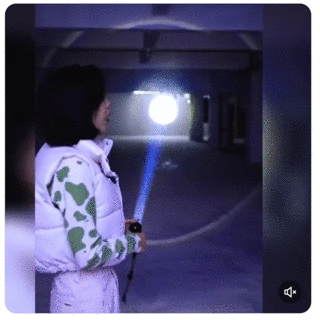
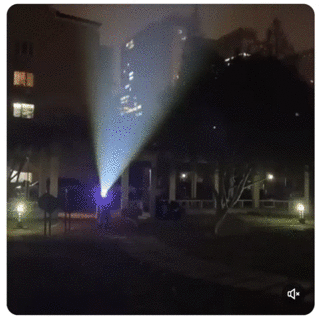
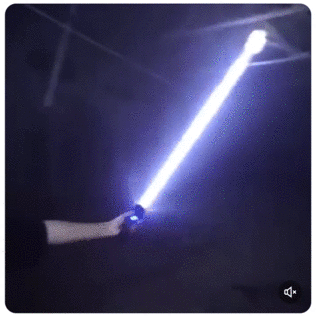
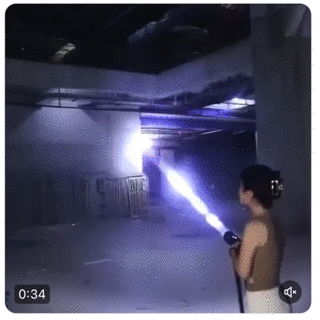
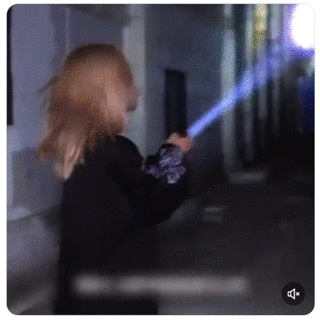

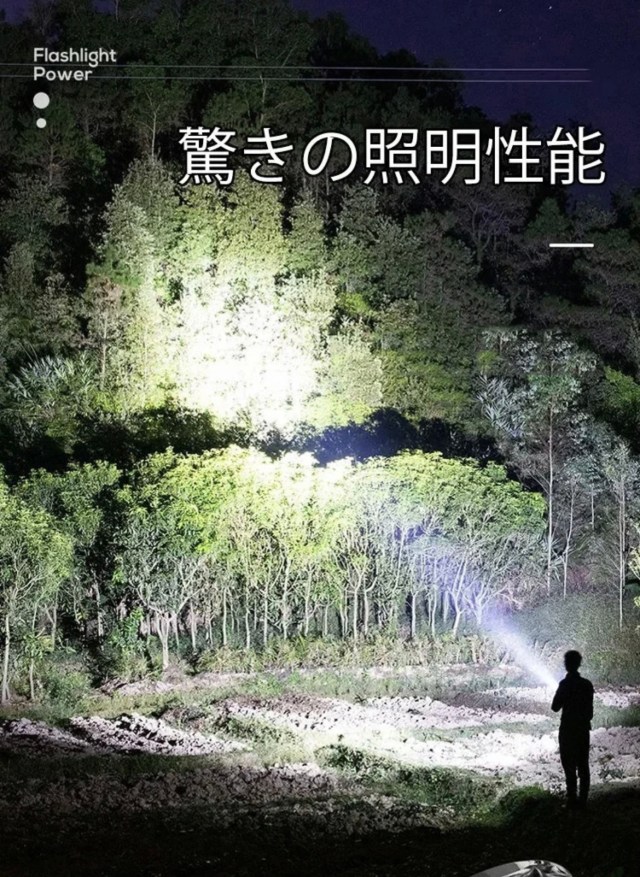
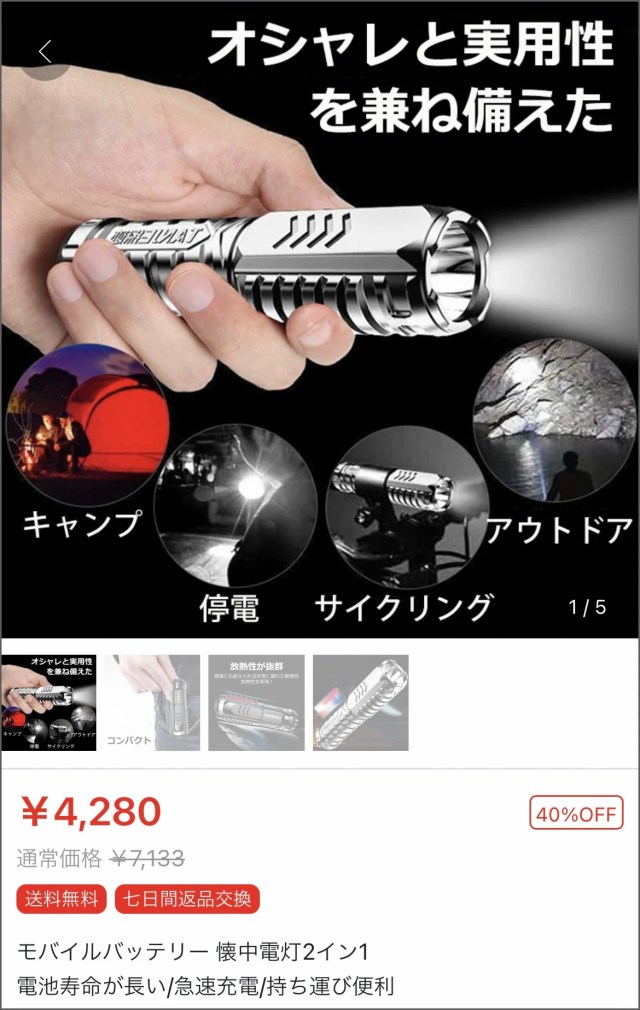
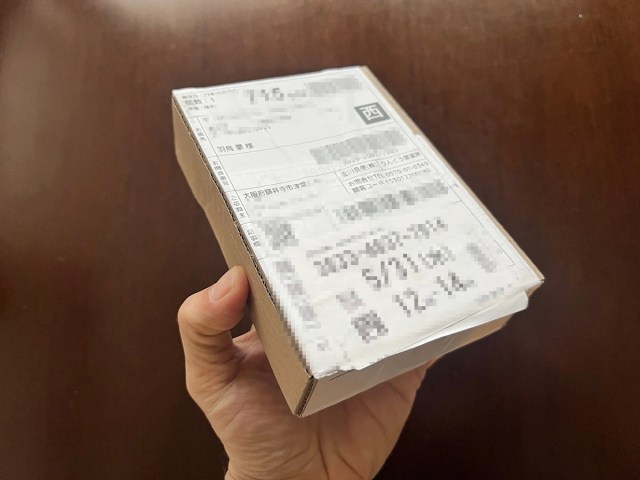
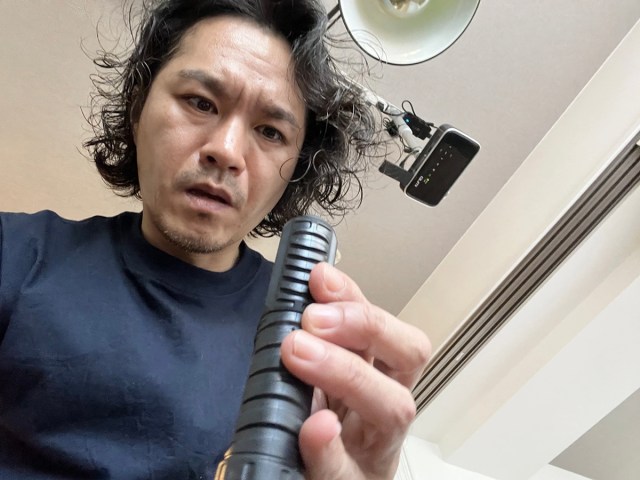
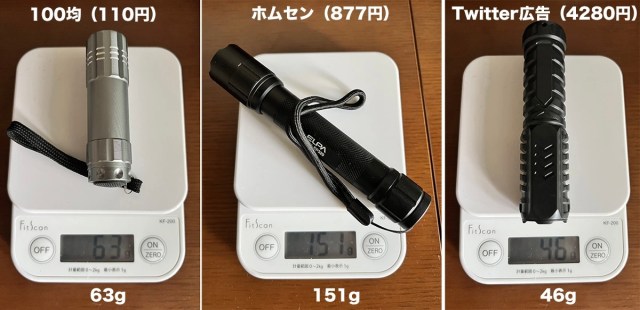
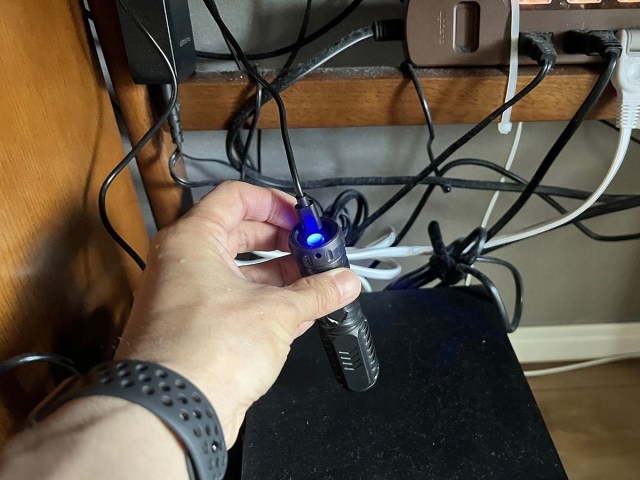
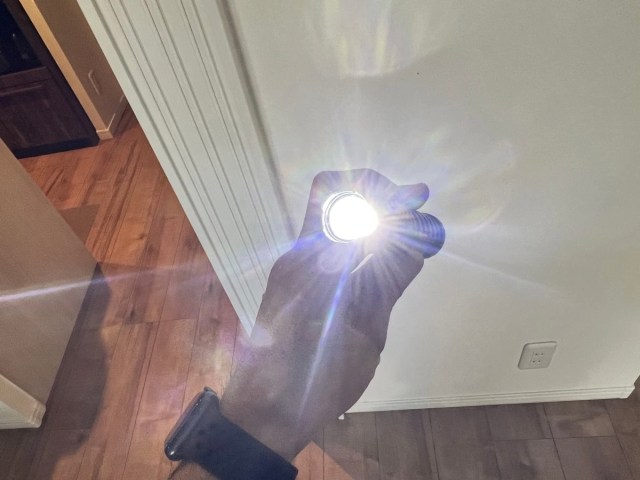
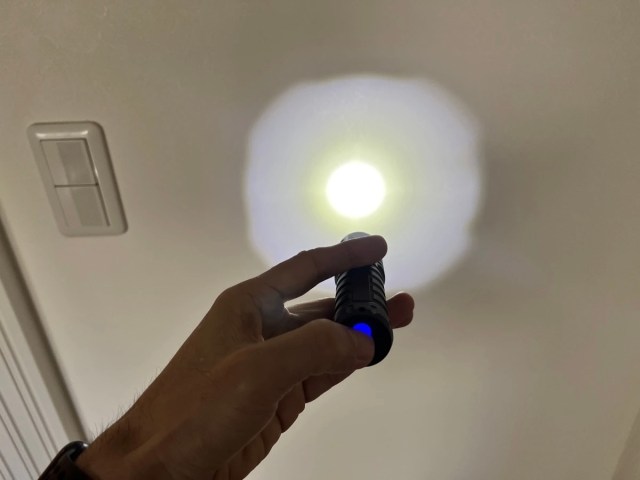
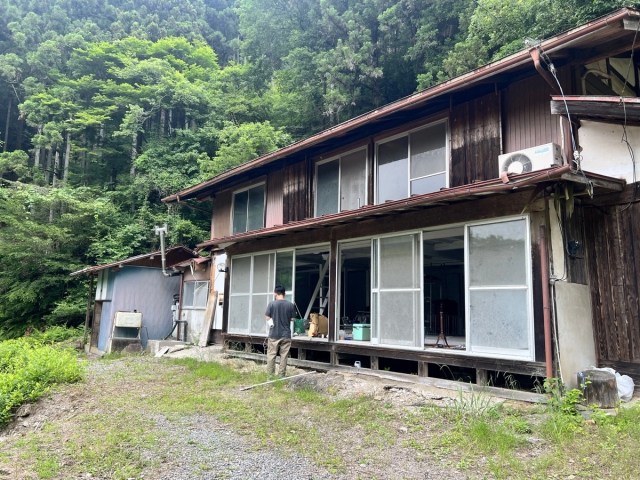
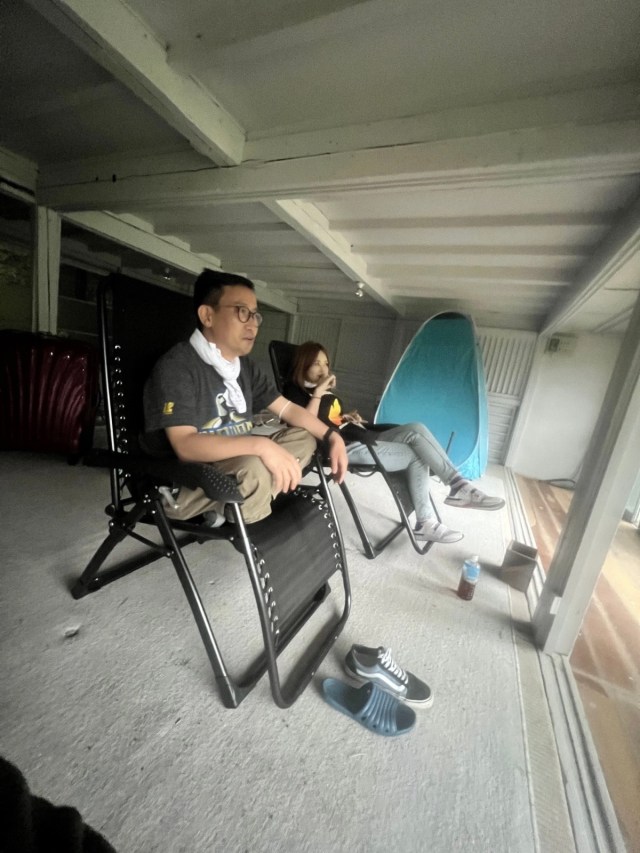
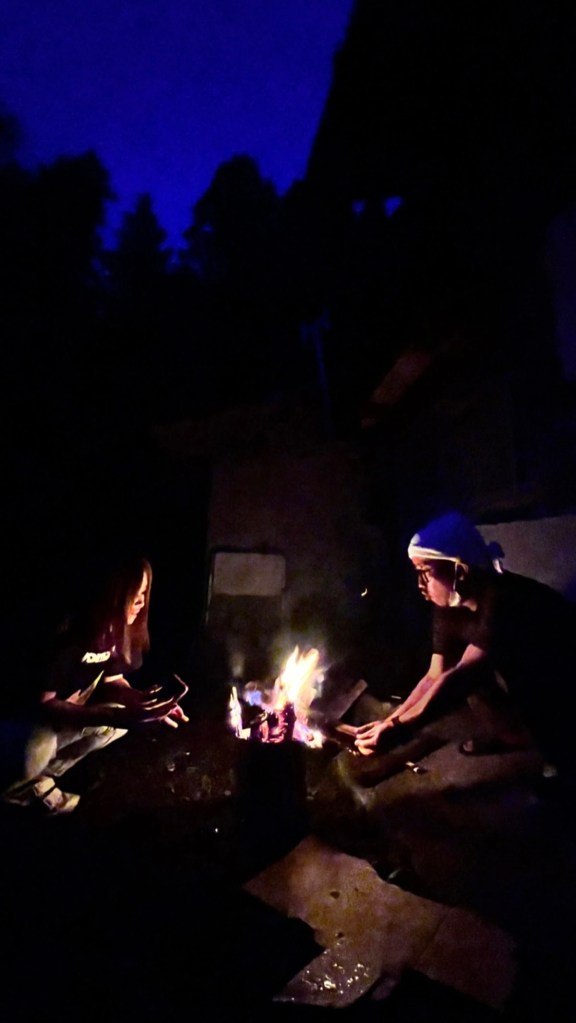
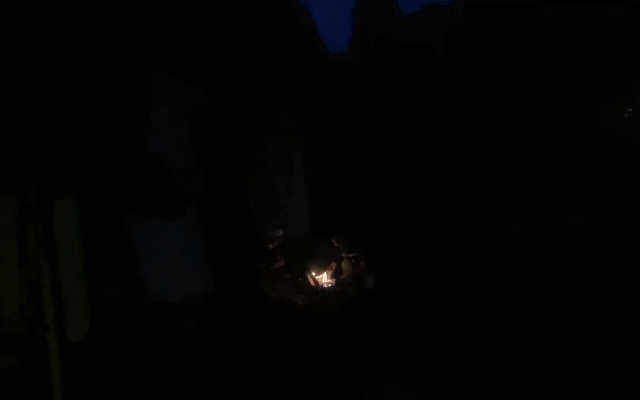
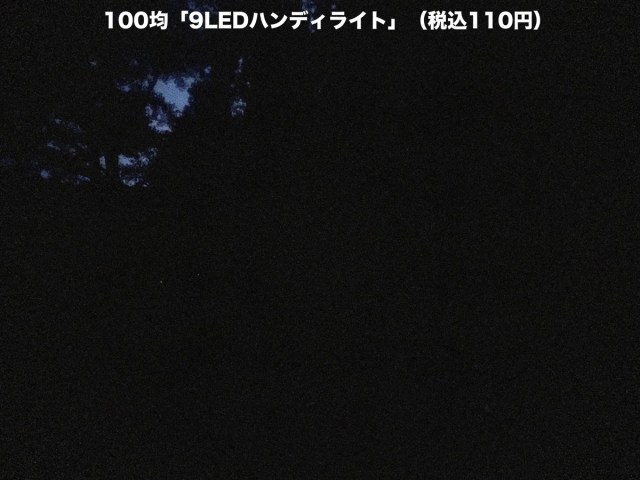
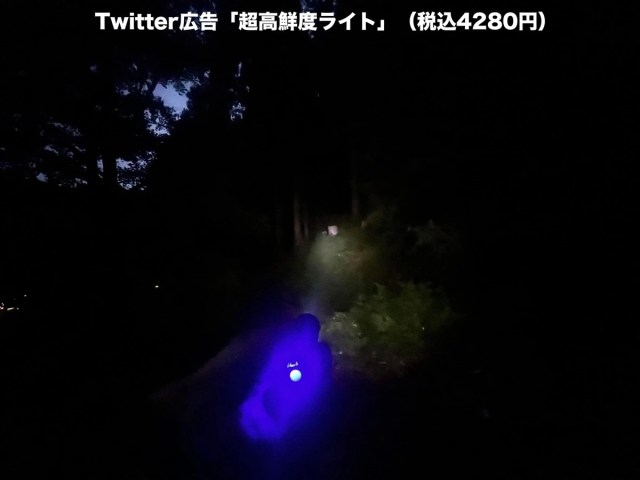
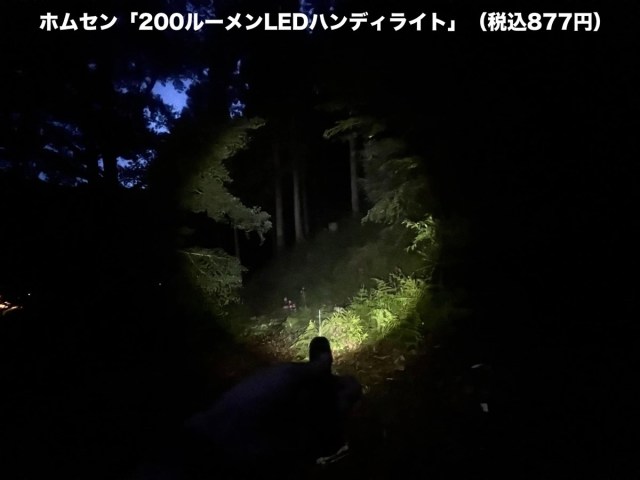
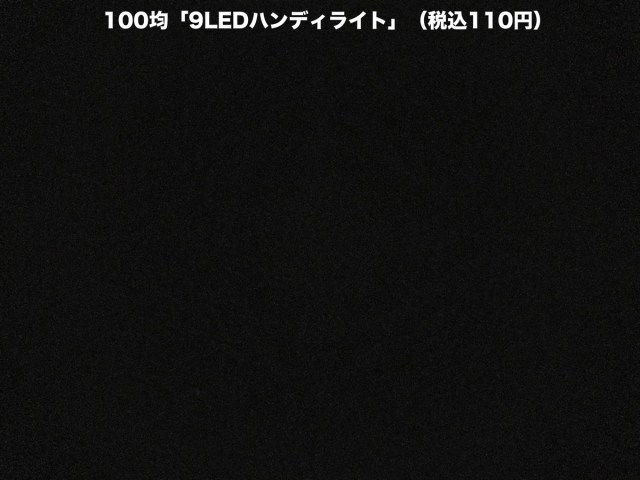

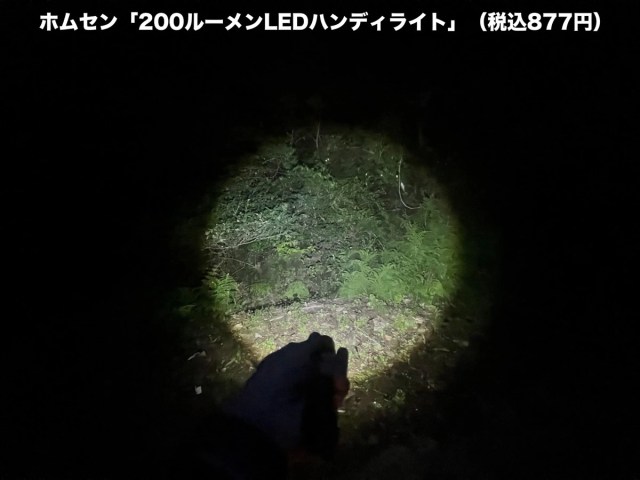
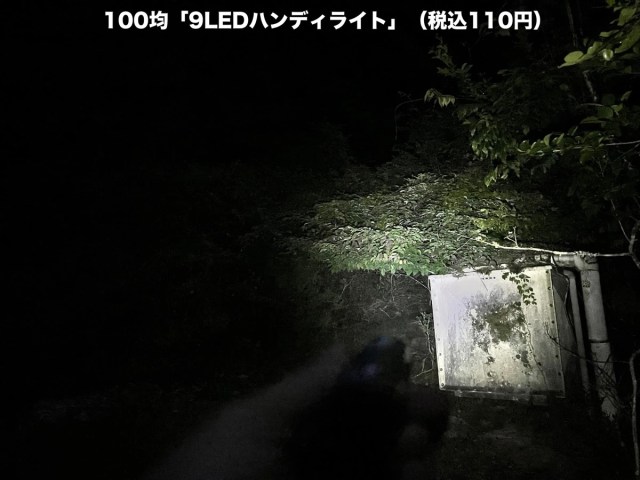
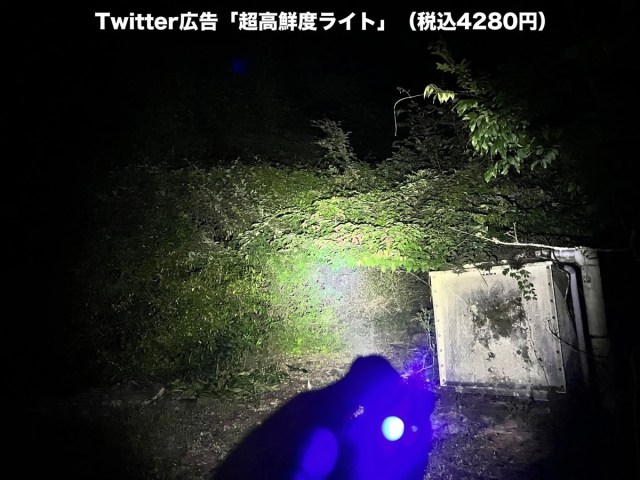
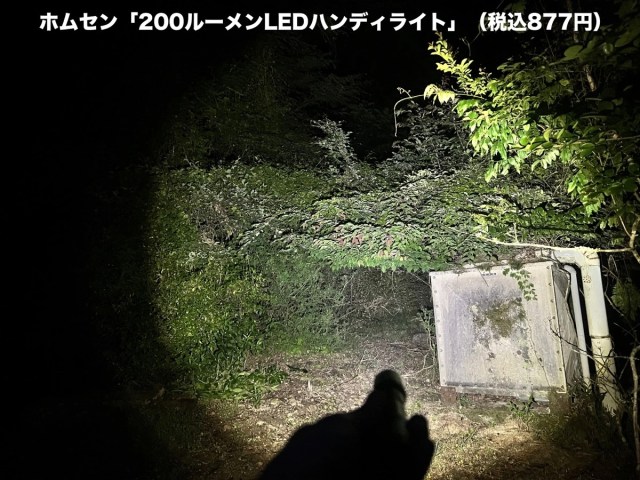
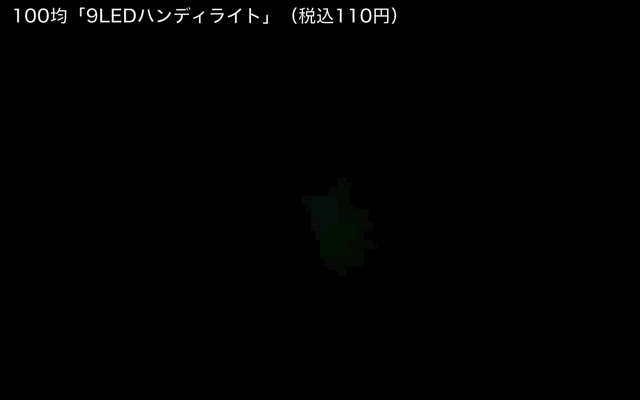
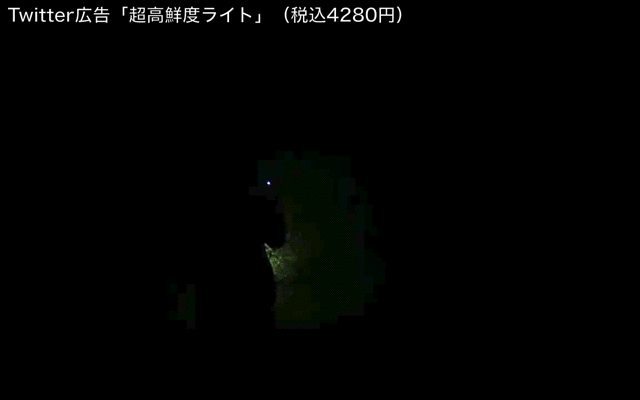
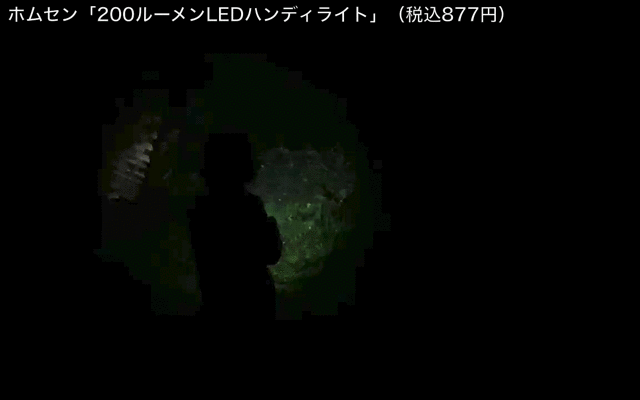
 A look inside Amazon Japan’s lowest-rated lucky bag
A look inside Amazon Japan’s lowest-rated lucky bag Starbucks Japan unveils final sakura collection for hanami season 2024
Starbucks Japan unveils final sakura collection for hanami season 2024 Starbucks Japan’s new sakura collection arrives in stores for hanami season 2024
Starbucks Japan’s new sakura collection arrives in stores for hanami season 2024 My Neighbour Totoro gets its first-ever LeSportsac collection!
My Neighbour Totoro gets its first-ever LeSportsac collection! “Hey, Japanese taxi driver, take us to the best seafood joint in Otaru!”
“Hey, Japanese taxi driver, take us to the best seafood joint in Otaru!” One of Japan’s oldest castles now lets travelers spend night on the grounds, drink in its keep
One of Japan’s oldest castles now lets travelers spend night on the grounds, drink in its keep Two things to do, and two things not to do, when leaving a traditional Japanese inn
Two things to do, and two things not to do, when leaving a traditional Japanese inn Foreigner’s request for help in Tokyo makes us sad for the state of society
Foreigner’s request for help in Tokyo makes us sad for the state of society Bad tourist manners at Mt Fuji Lawson photo spot prompts Japanese town to block view with screens
Bad tourist manners at Mt Fuji Lawson photo spot prompts Japanese town to block view with screens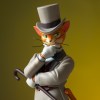 Studio Ghibli unveils new goods that tip the hat to The Cat Returns
Studio Ghibli unveils new goods that tip the hat to The Cat Returns Starbucks at Shibuya Scramble Crossing reopens, but is it really bigger and better than before?
Starbucks at Shibuya Scramble Crossing reopens, but is it really bigger and better than before?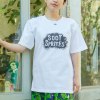 Studio Ghibli unveils massive T-shirt collection featuring top anime movie characters
Studio Ghibli unveils massive T-shirt collection featuring top anime movie characters McDonald’s Japan’s new pancake pie is a taste sensation
McDonald’s Japan’s new pancake pie is a taste sensation Orange Juice Crisis ’24 – Japan’s OJ supplies drying up
Orange Juice Crisis ’24 – Japan’s OJ supplies drying up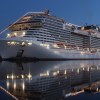 Foreign traveler caught trying to sneak into Japan by climbing down rope from cruise ship
Foreign traveler caught trying to sneak into Japan by climbing down rope from cruise ship Red light district sushi restaurant in Tokyo shows us just how wrong we were about it
Red light district sushi restaurant in Tokyo shows us just how wrong we were about it Japanese city loses residents’ personal data, which was on paper being transported on a windy day
Japanese city loses residents’ personal data, which was on paper being transported on a windy day McDonald’s new Happy Meals offer up cute and practical Sanrio lifestyle goods
McDonald’s new Happy Meals offer up cute and practical Sanrio lifestyle goods Japanese ramen restaurants under pressure from new yen banknotes
Japanese ramen restaurants under pressure from new yen banknotes Ghibli Park now selling “Grilled Frogs” from food cart in Valley of Witches
Ghibli Park now selling “Grilled Frogs” from food cart in Valley of Witches New definition of “Japanese whiskey” goes into effect to prevent fakes from fooling overseas buyers
New definition of “Japanese whiskey” goes into effect to prevent fakes from fooling overseas buyers Our Japanese reporter visits Costco in the U.S., finds super American and very Japanese things
Our Japanese reporter visits Costco in the U.S., finds super American and very Japanese things All-you-can-drink Starbucks and amazing views part of Tokyo’s new 170 meter-high sky lounge
All-you-can-drink Starbucks and amazing views part of Tokyo’s new 170 meter-high sky lounge More foreign tourists than ever before in history visited Japan last month
More foreign tourists than ever before in history visited Japan last month New Pokémon cakes let you eat your way through Pikachu and all the Eevee evolutions
New Pokémon cakes let you eat your way through Pikachu and all the Eevee evolutions Disney princesses get official manga makeovers for Manga Princess Cafe opening in Tokyo
Disney princesses get official manga makeovers for Manga Princess Cafe opening in Tokyo French Fries Bread in Tokyo’s Shibuya becomes a hit on social media
French Fries Bread in Tokyo’s Shibuya becomes a hit on social media Sales of Japan’s most convenient train ticket/shopping payment cards suspended indefinitely
Sales of Japan’s most convenient train ticket/shopping payment cards suspended indefinitely Sold-out Studio Ghibli desktop humidifiers are back so Totoro can help you through the dry season
Sold-out Studio Ghibli desktop humidifiers are back so Totoro can help you through the dry season Japanese government to make first change to romanization spelling rules since the 1950s
Japanese government to make first change to romanization spelling rules since the 1950s Ghibli founders Toshio Suzuki and Hayao Miyazaki contribute to Japanese whisky Totoro label design
Ghibli founders Toshio Suzuki and Hayao Miyazaki contribute to Japanese whisky Totoro label design Doraemon found buried at sea as scene from 1993 anime becomes real life【Photos】
Doraemon found buried at sea as scene from 1993 anime becomes real life【Photos】 Tokyo’s most famous Starbucks is closed
Tokyo’s most famous Starbucks is closed One Piece characters’ nationalities revealed, but fans have mixed opinions
One Piece characters’ nationalities revealed, but fans have mixed opinions We asked a Uniqlo employee what four things we should buy and their suggestions didn’t disappoint
We asked a Uniqlo employee what four things we should buy and their suggestions didn’t disappoint Daiso will help you warp your reflection with a psychedelic infinity mirror for under five bucks!
Daiso will help you warp your reflection with a psychedelic infinity mirror for under five bucks! Never grow up at OH MY CAFE’s Peter Pan collaboration in Japan this winter
Never grow up at OH MY CAFE’s Peter Pan collaboration in Japan this winter Yokohama’s Coming of Age Ceremony ruined by “yankees” who fight, illegally scale walls, drink
Yokohama’s Coming of Age Ceremony ruined by “yankees” who fight, illegally scale walls, drink 3 things to consider before buying Daiso’s Light Up Poop Stick
3 things to consider before buying Daiso’s Light Up Poop Stick We love Daiso, but sometimes the weird products just amuse us
We love Daiso, but sometimes the weird products just amuse us Starbucks Reserve Roastery Tokyo unveils exclusive sakura cherry blossom drinkware range for 2020
Starbucks Reserve Roastery Tokyo unveils exclusive sakura cherry blossom drinkware range for 2020 Starbucks Japan unveils Valentine’s Day collection for 2024 and it’s a chocolate lover’s dream
Starbucks Japan unveils Valentine’s Day collection for 2024 and it’s a chocolate lover’s dream Starbucks Japan releases cute new zodiac goods for Year of the Rabbit
Starbucks Japan releases cute new zodiac goods for Year of the Rabbit 【Lucky Bag Roundup 2018】Yodobashi Camera offers up a tablet box of techie dreams
【Lucky Bag Roundup 2018】Yodobashi Camera offers up a tablet box of techie dreams Surprisingly simple and fast process of hand-lettering store’s name on glass awes net users
Surprisingly simple and fast process of hand-lettering store’s name on glass awes net users How to put together a senbero drinking/snack session at Japan’s 100-yen convenience store【Photos】
How to put together a senbero drinking/snack session at Japan’s 100-yen convenience store【Photos】 What to buy at Daiso’s new Standard Products store in Tokyo
What to buy at Daiso’s new Standard Products store in Tokyo Our writer gets enticed by AliExpress’s reading-in-the-dark glasses…but do they really work?
Our writer gets enticed by AliExpress’s reading-in-the-dark glasses…but do they really work? Japan’s most mysterious vending machine sells fukubako, boxes filled with…something【Photos】
Japan’s most mysterious vending machine sells fukubako, boxes filled with…something【Photos】 We test Daiso’s new storage container to see if it keeps rice fluffy even after freezing
We test Daiso’s new storage container to see if it keeps rice fluffy even after freezing Family Mart to celebrate 40th birthday by introducing onigiri with eco-friendly packaging
Family Mart to celebrate 40th birthday by introducing onigiri with eco-friendly packaging
Leave a Reply